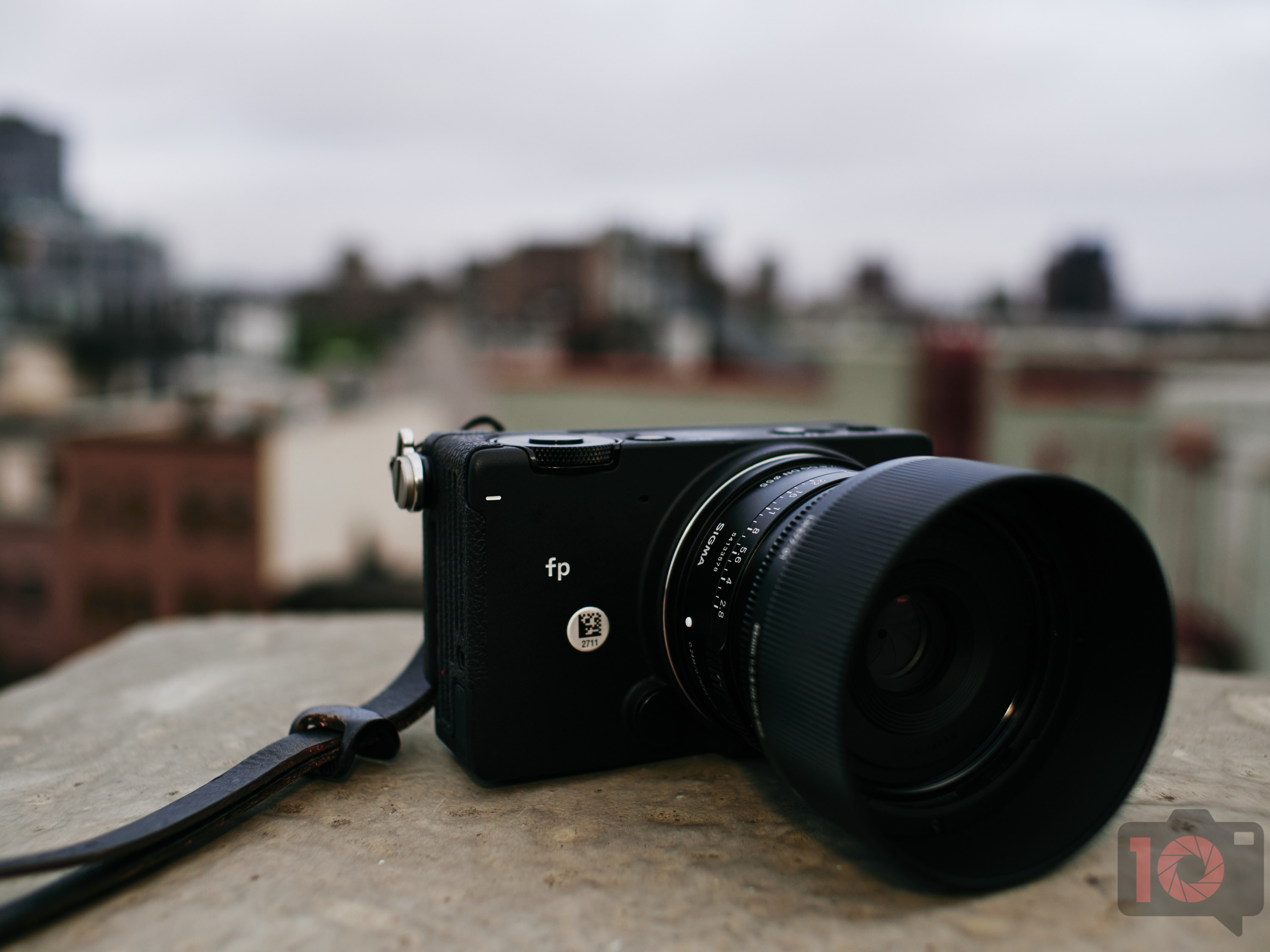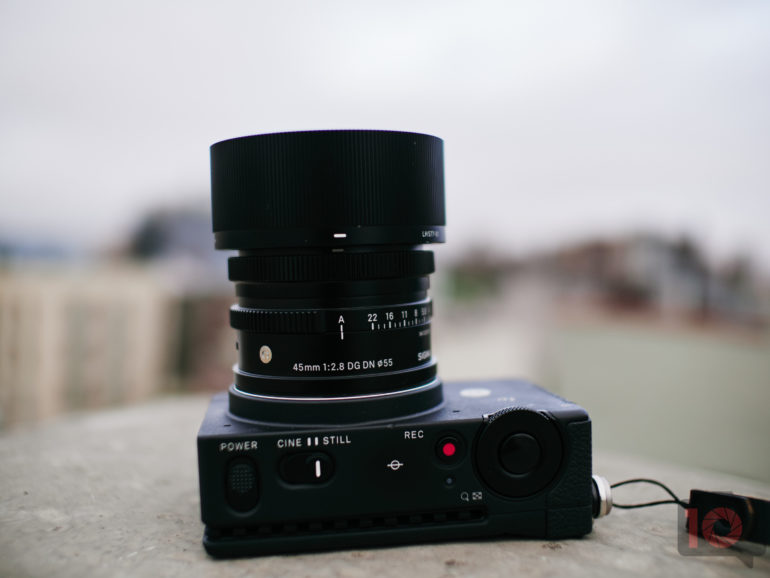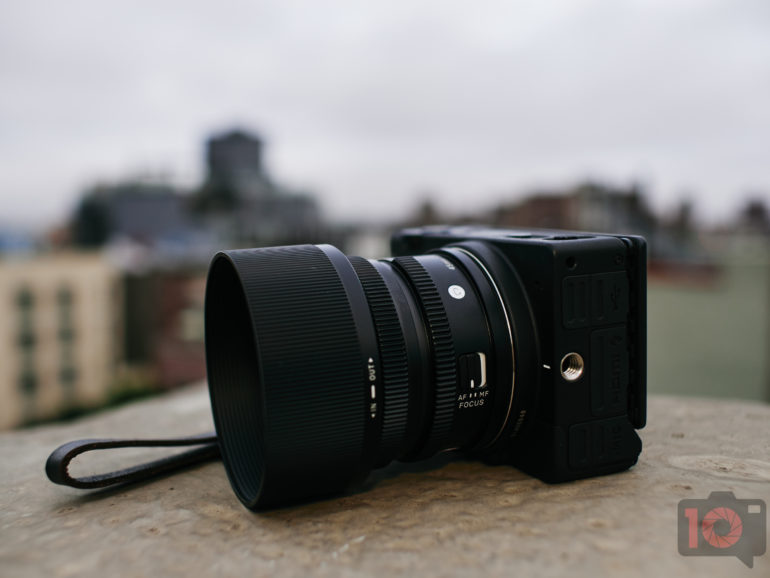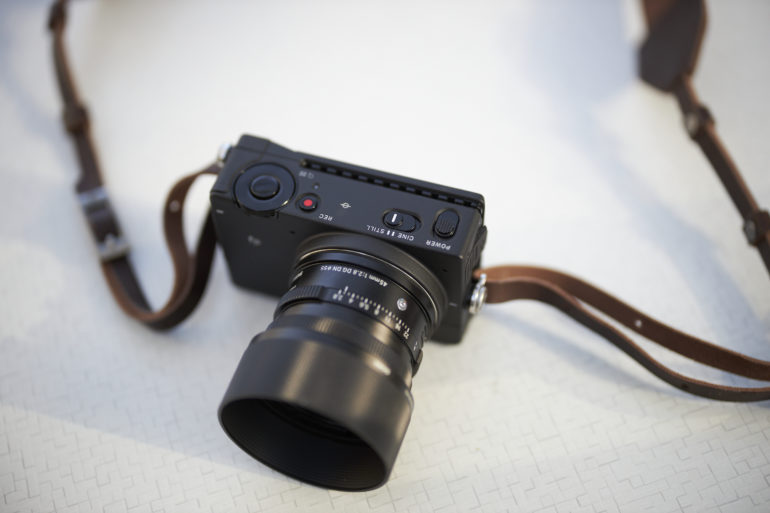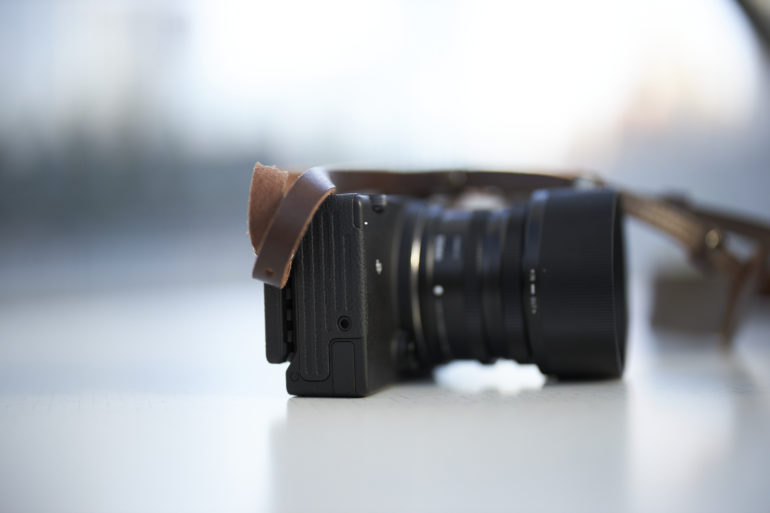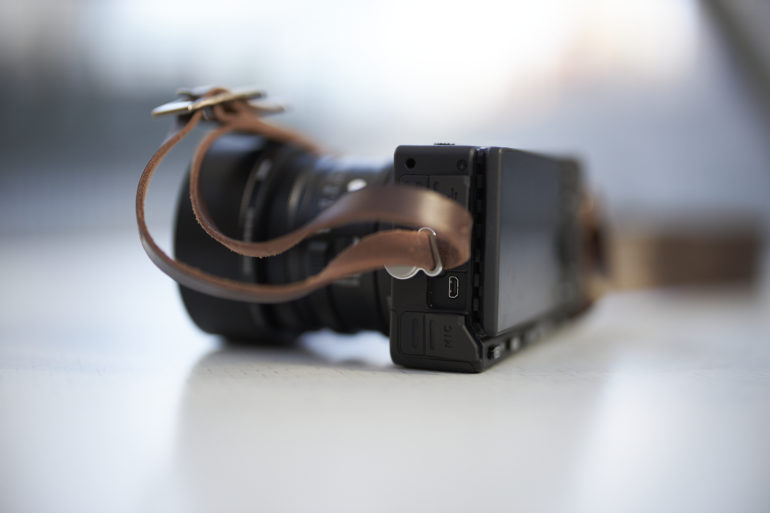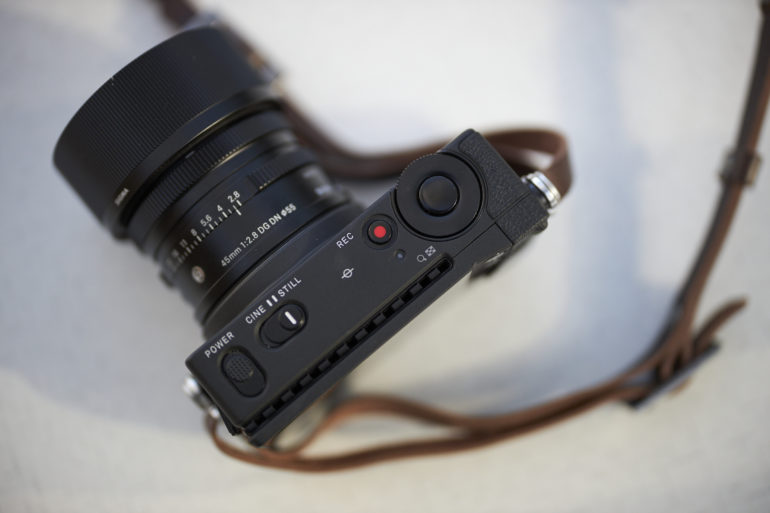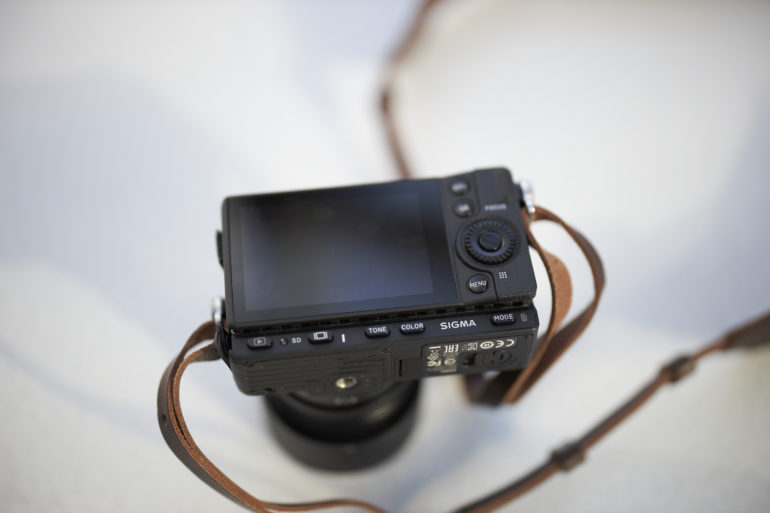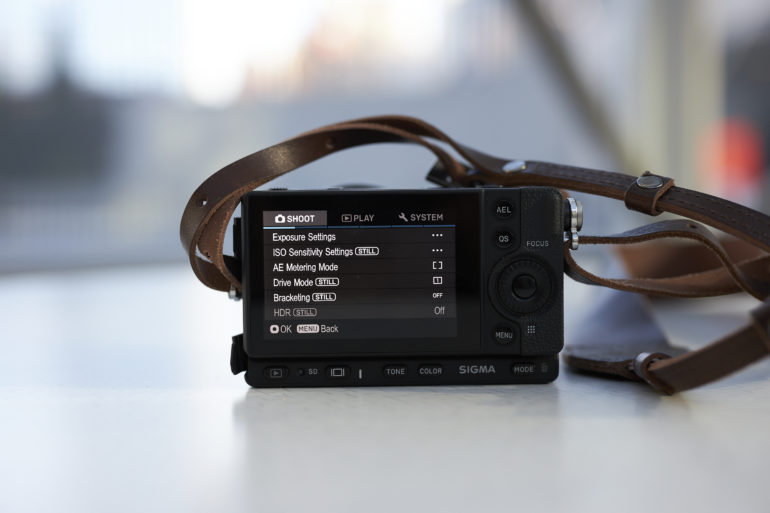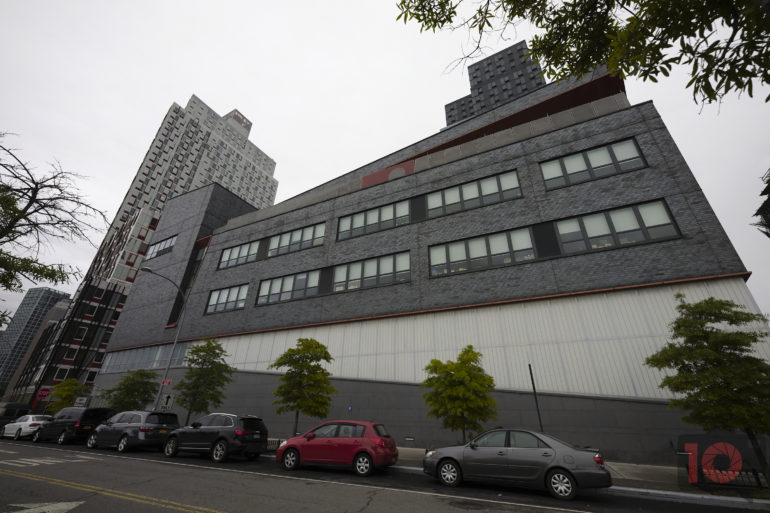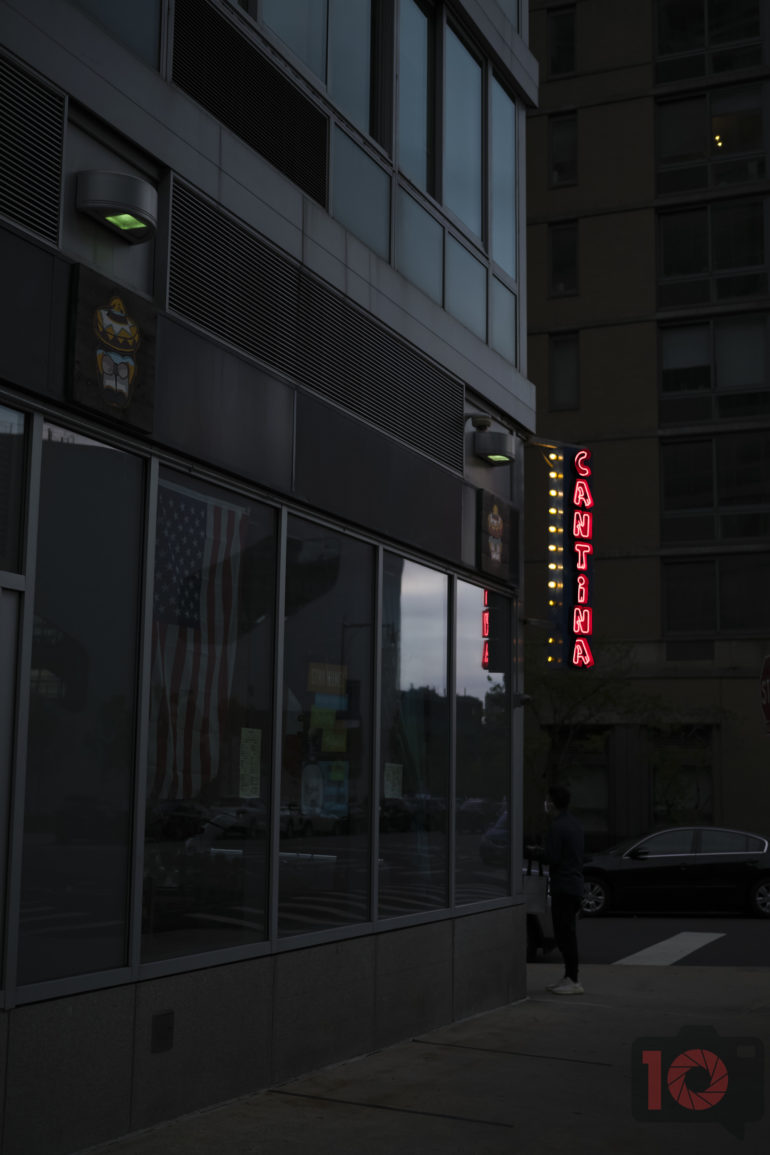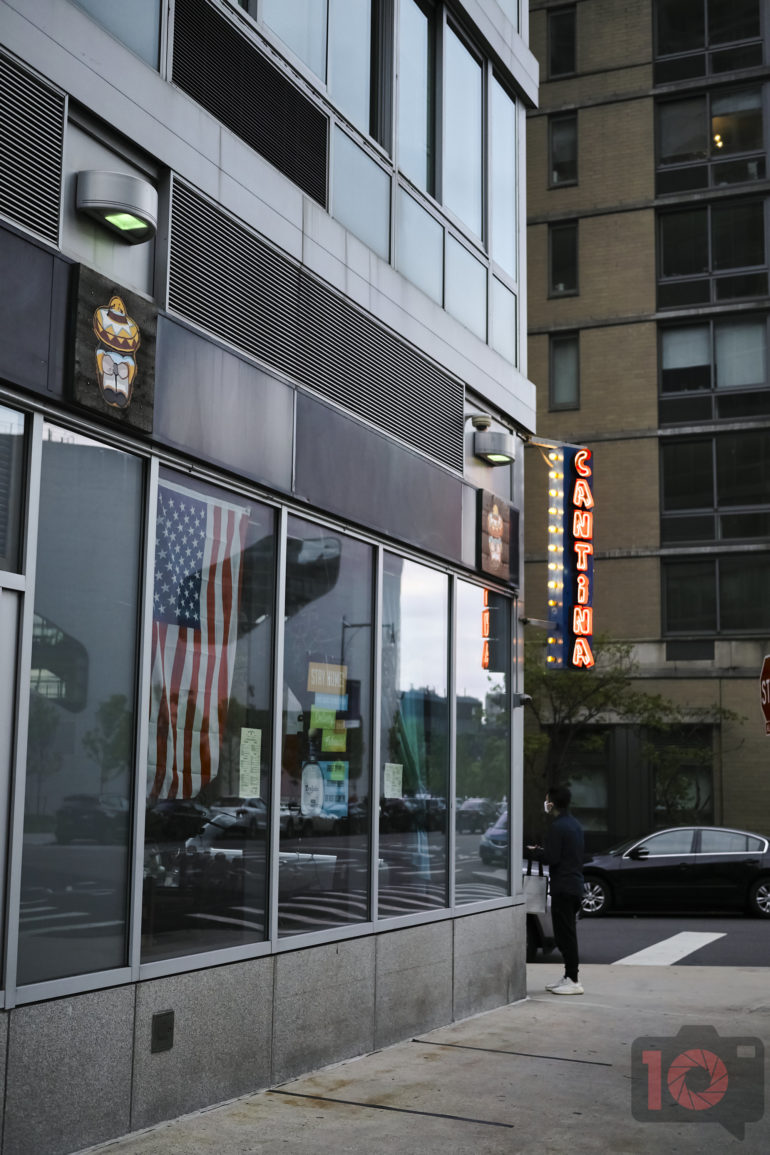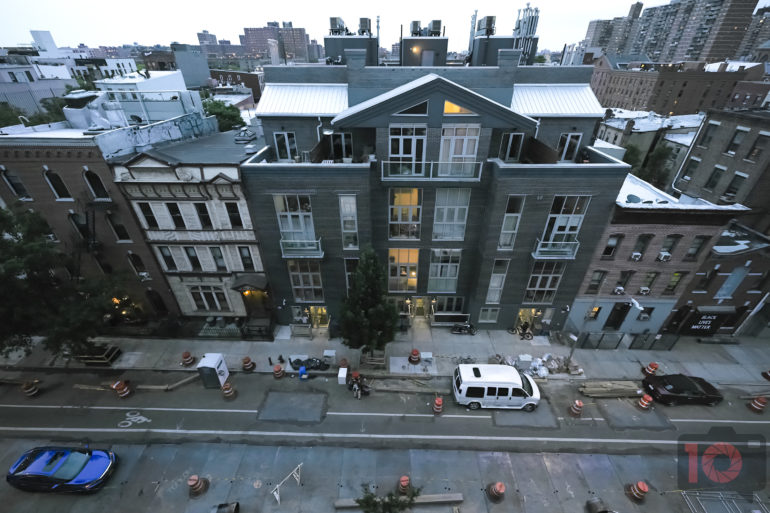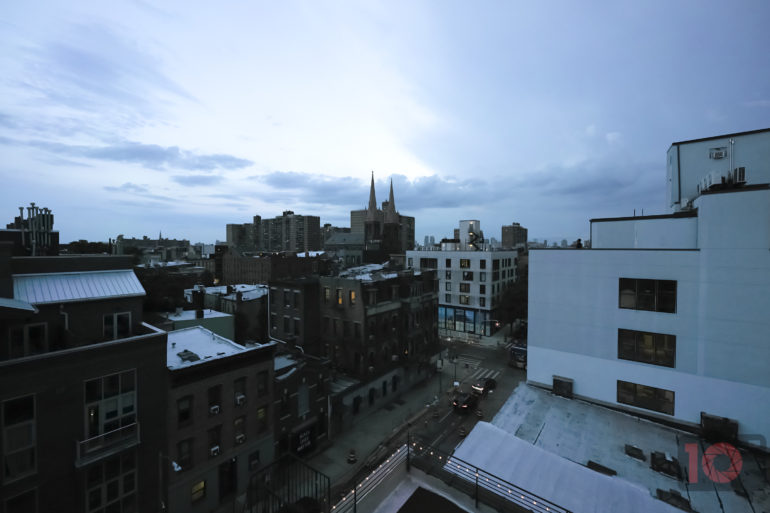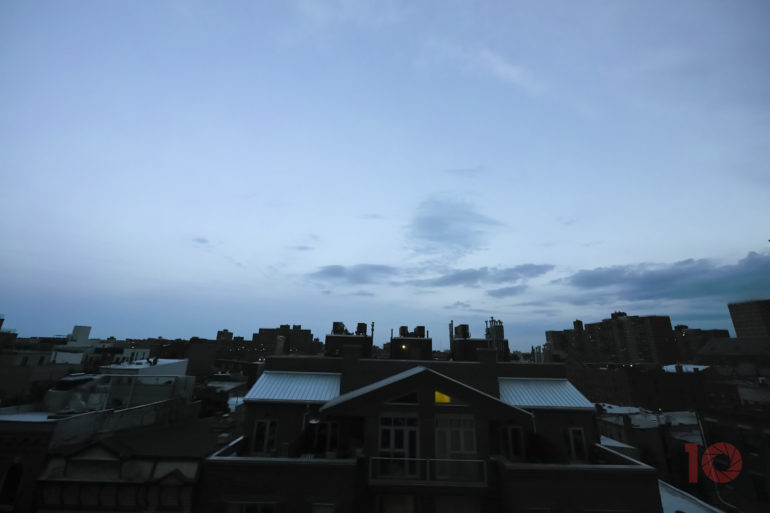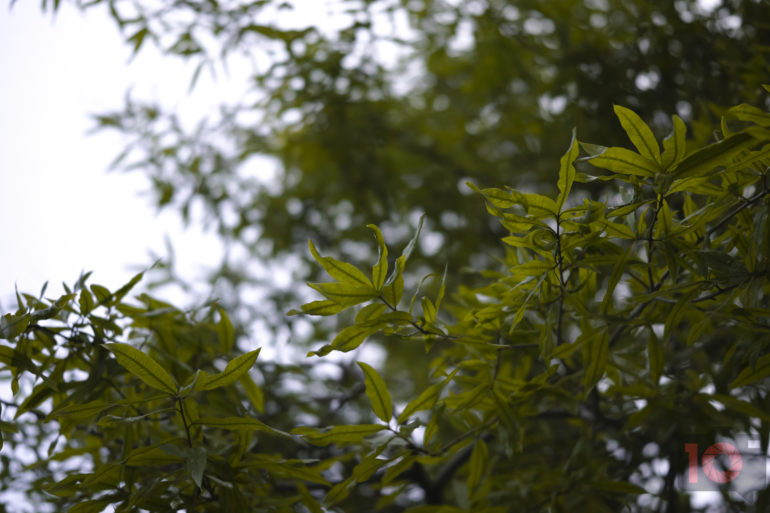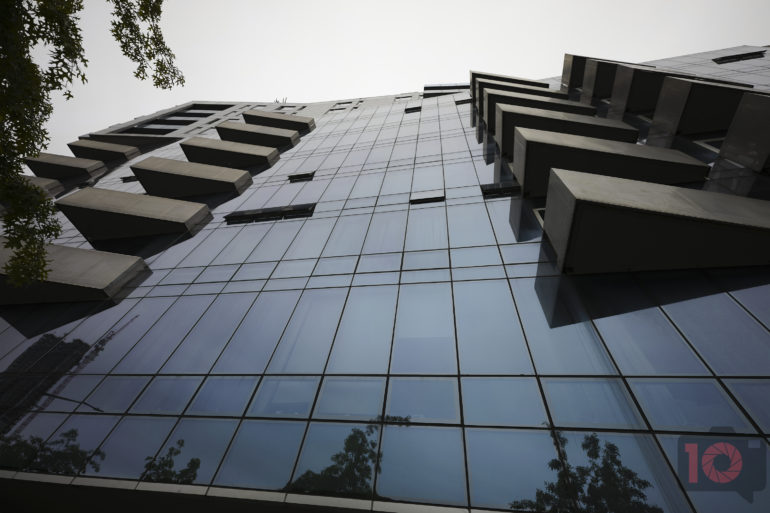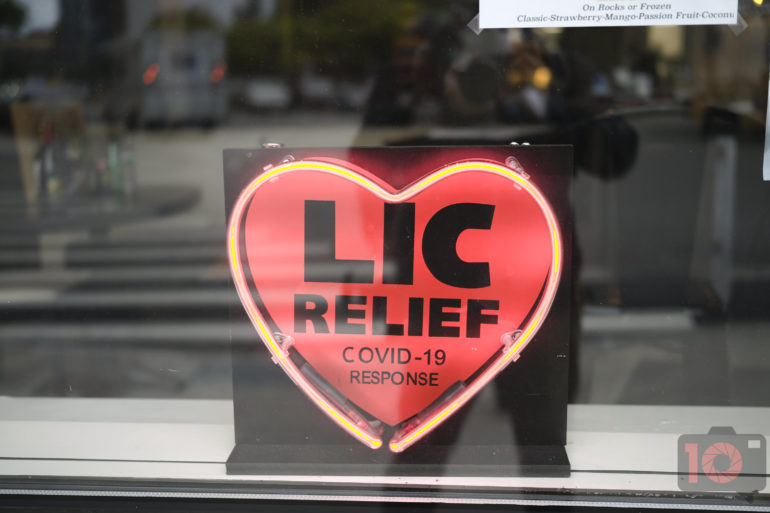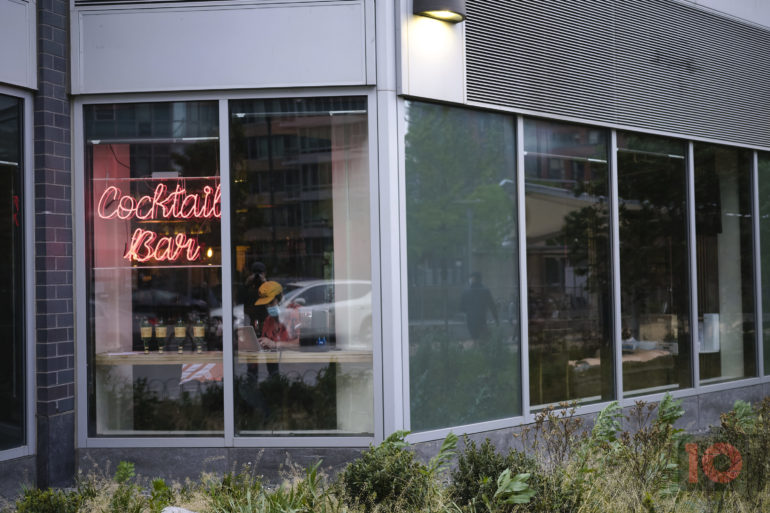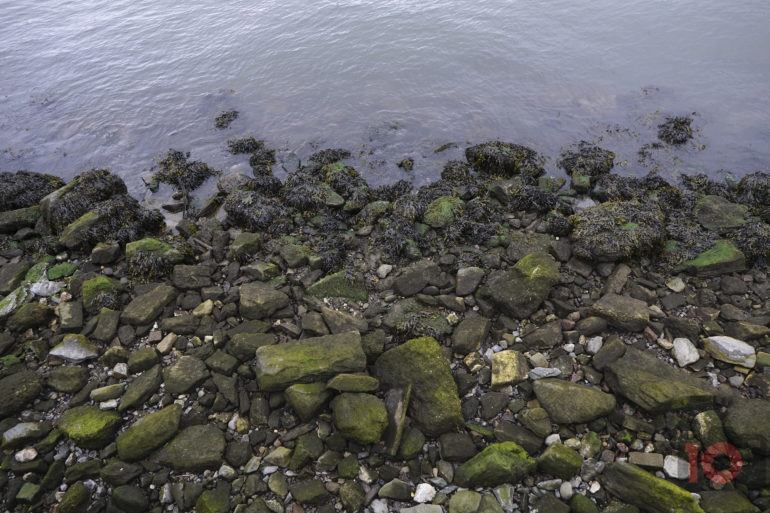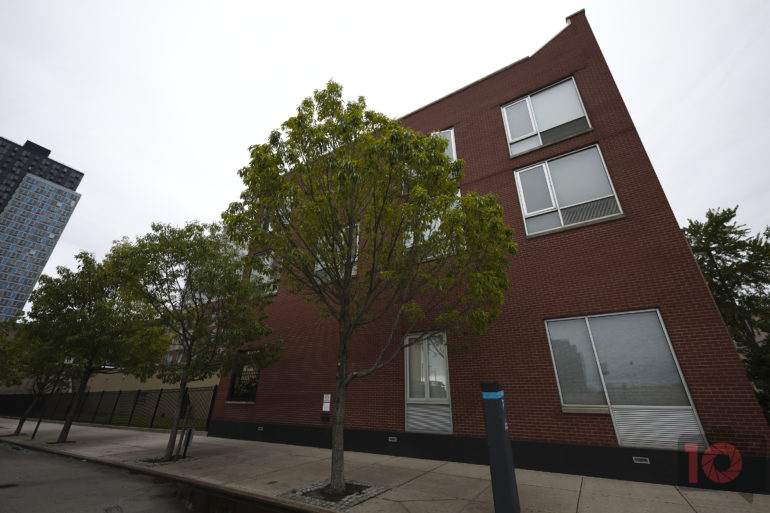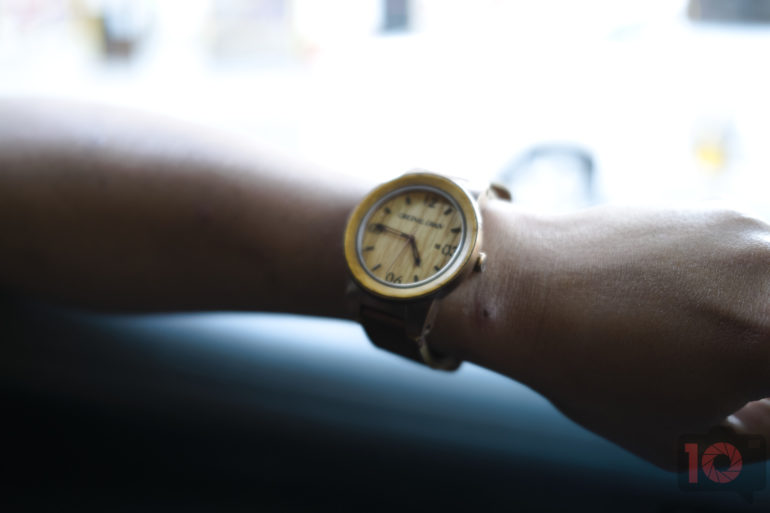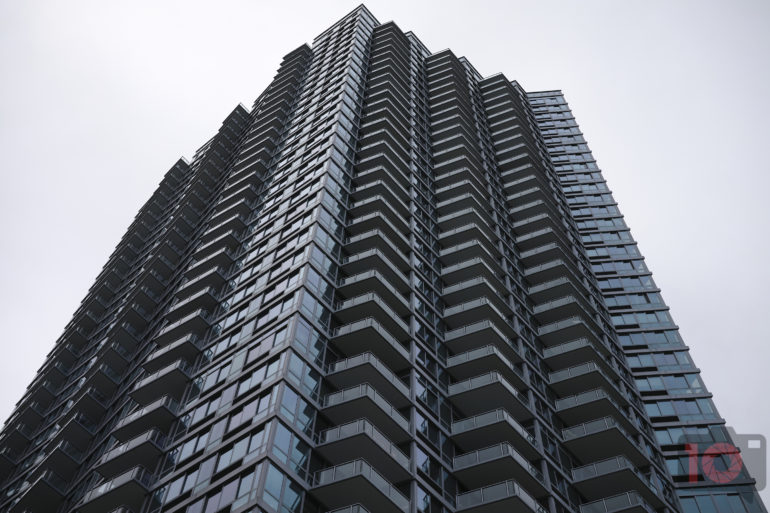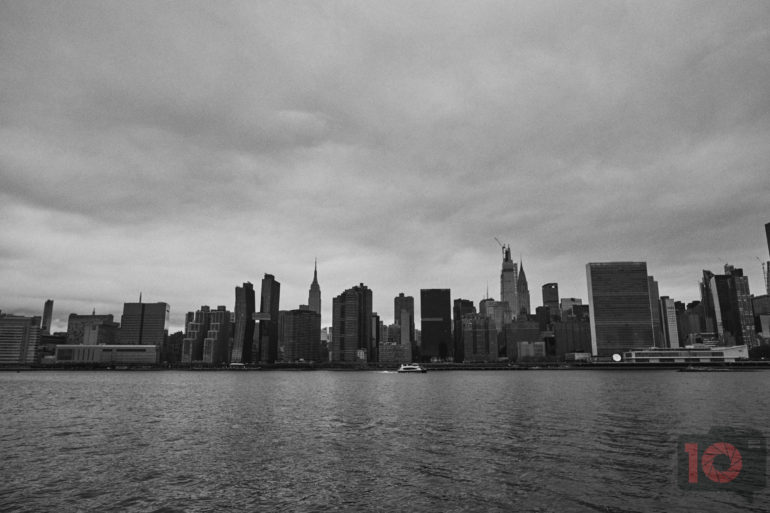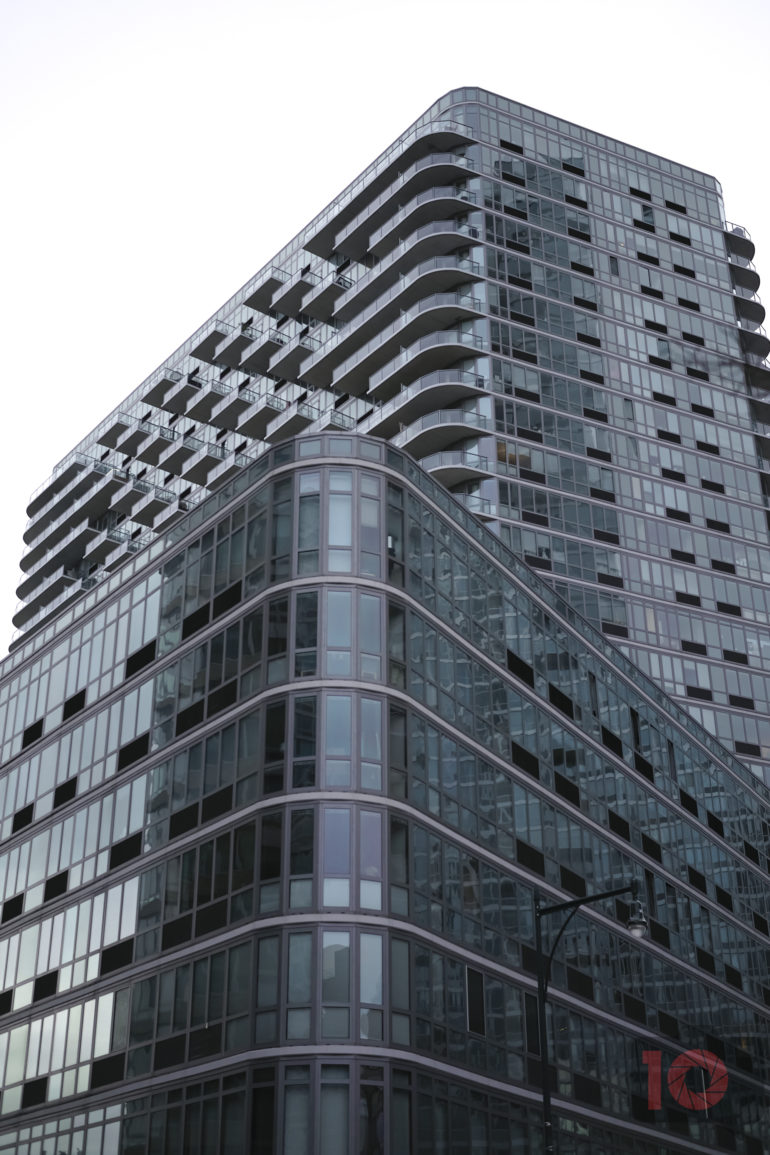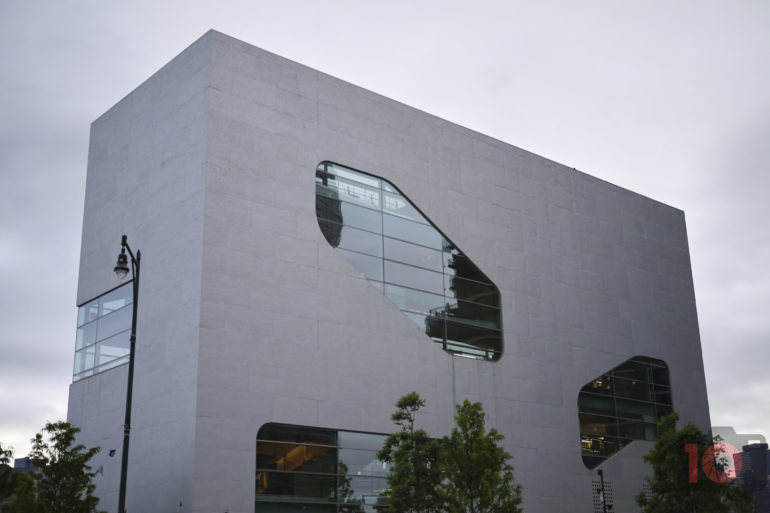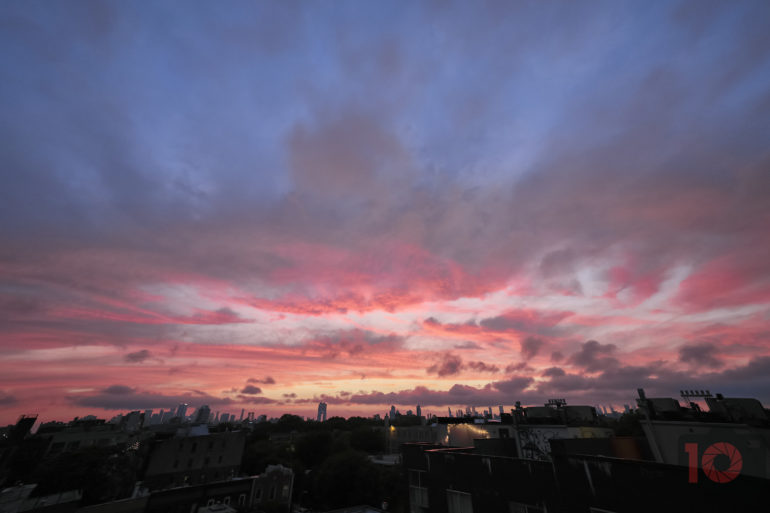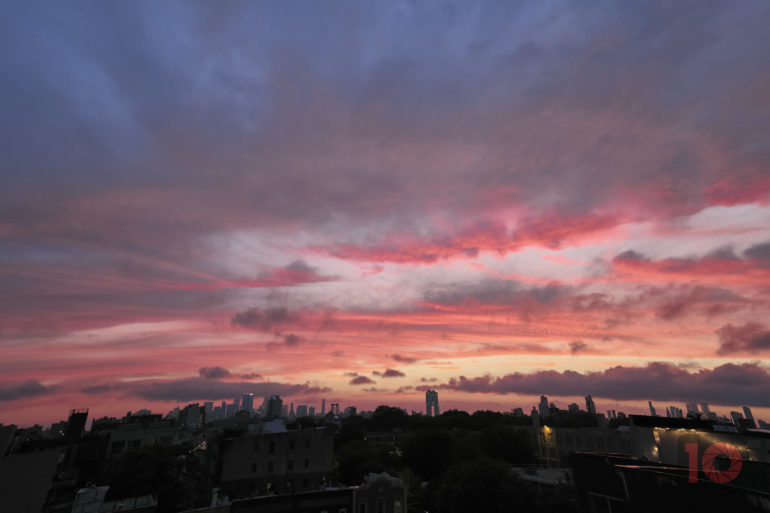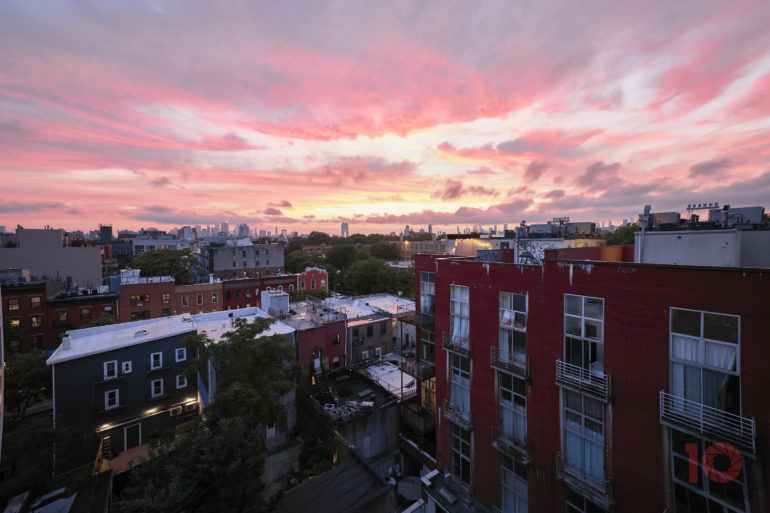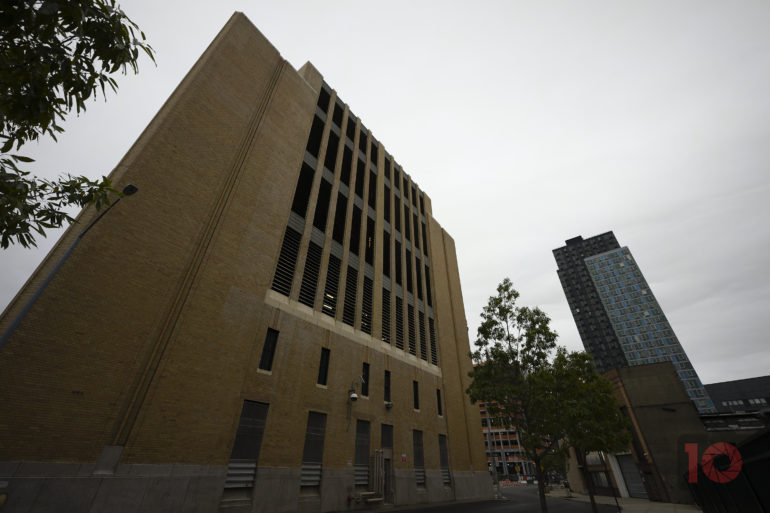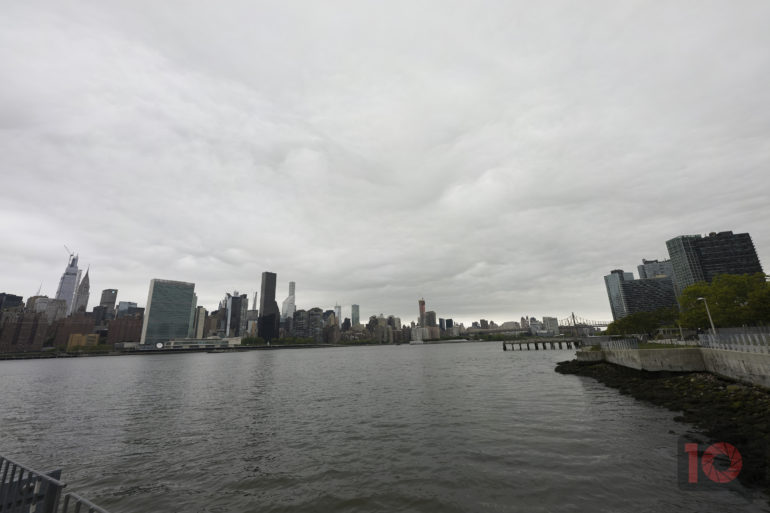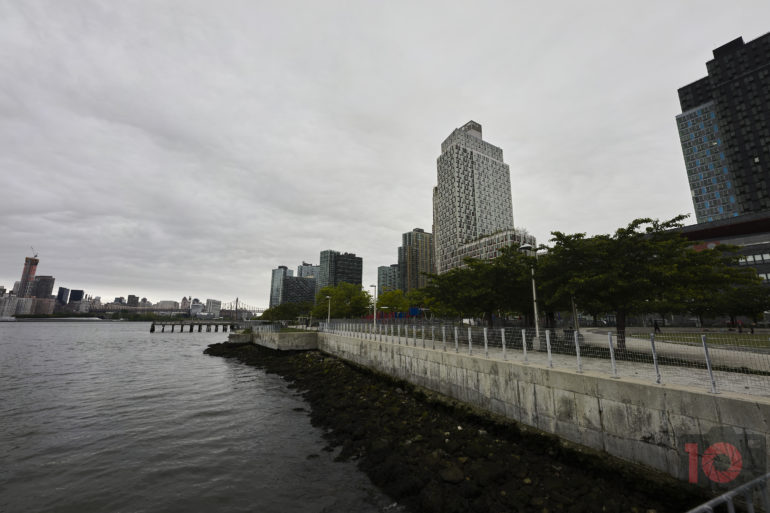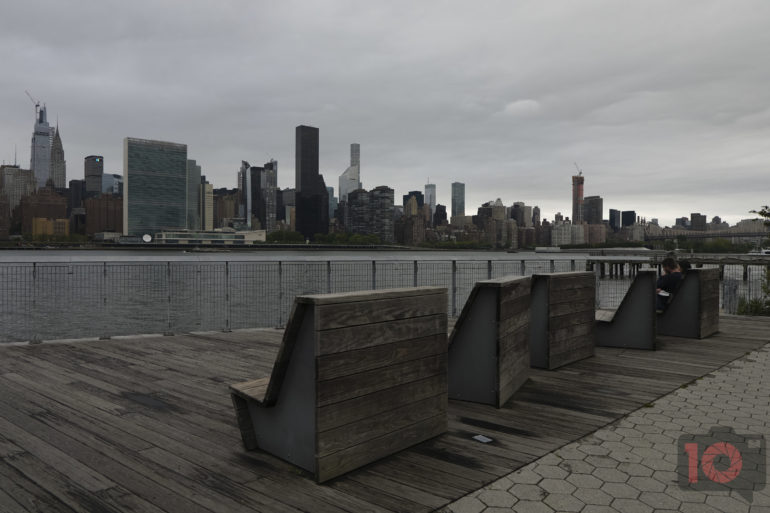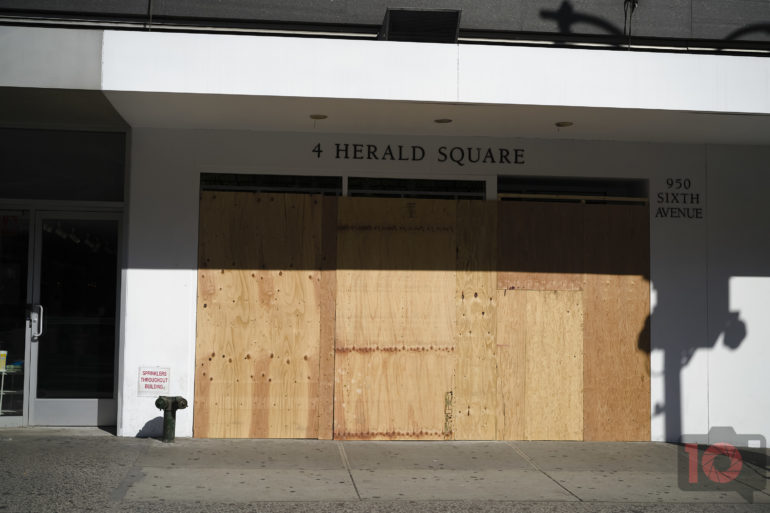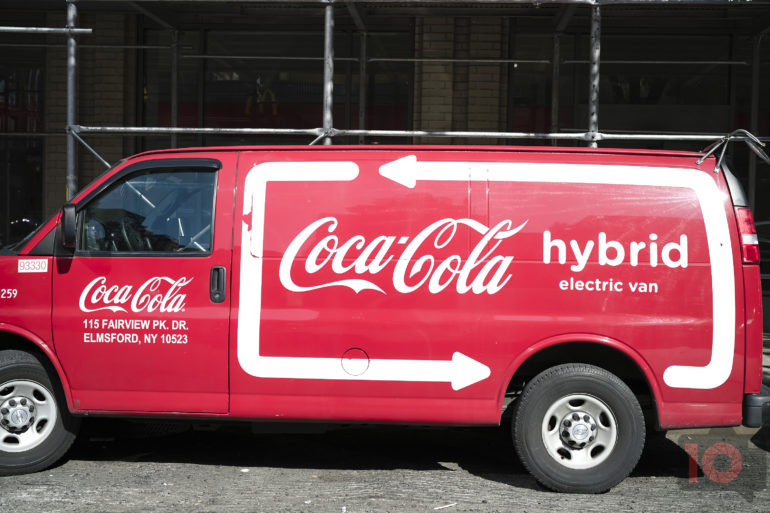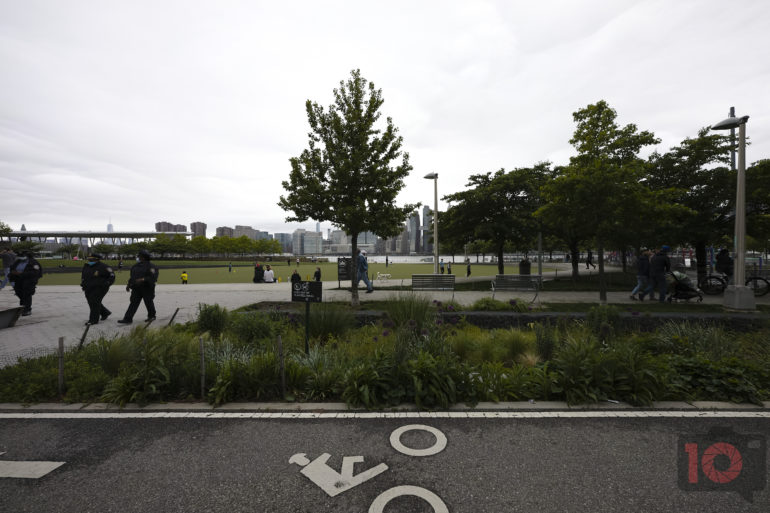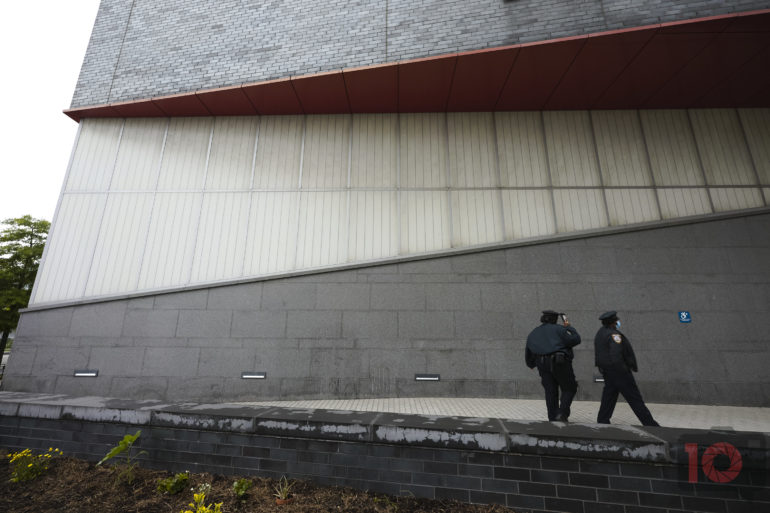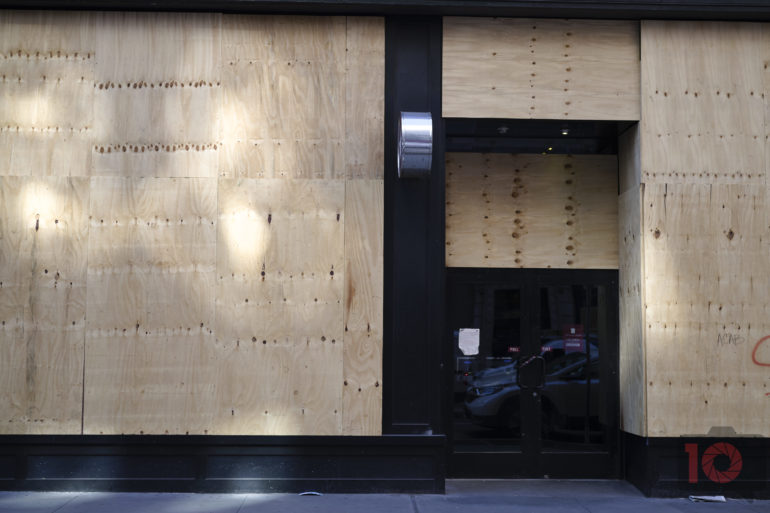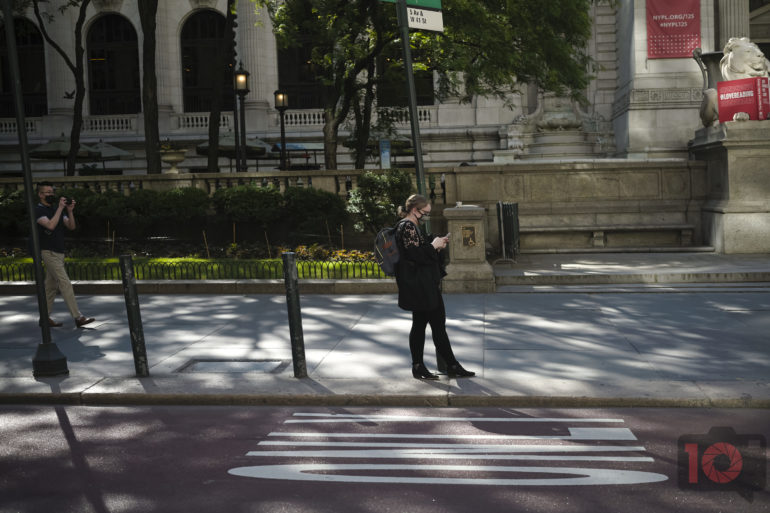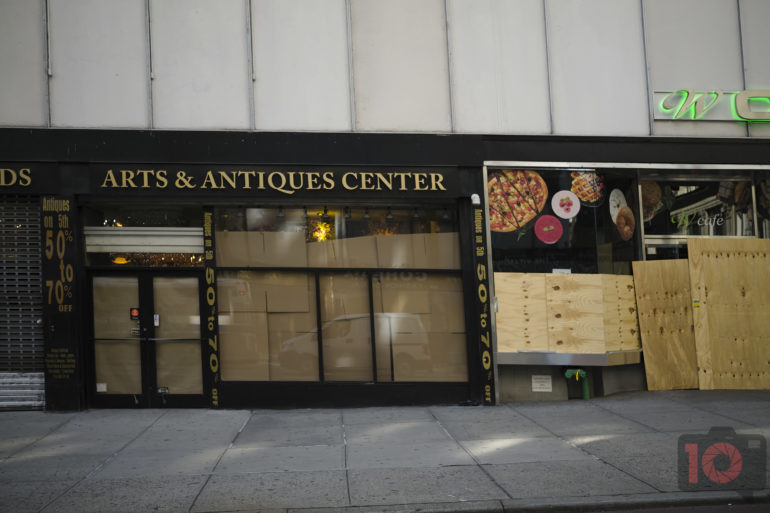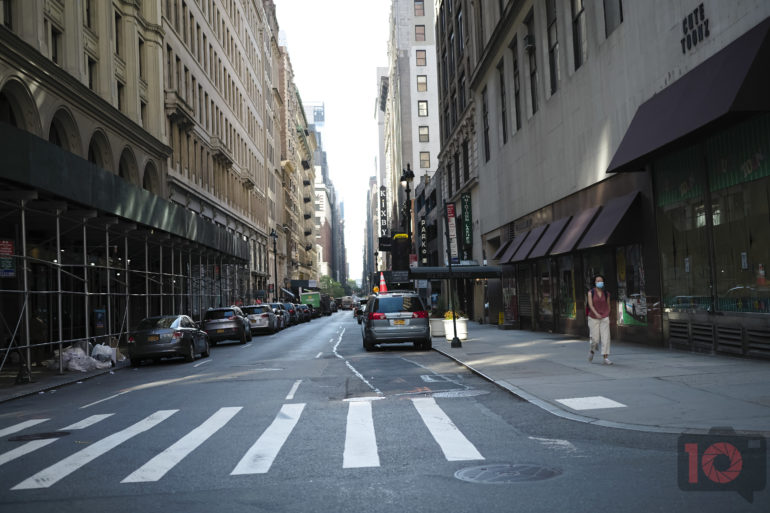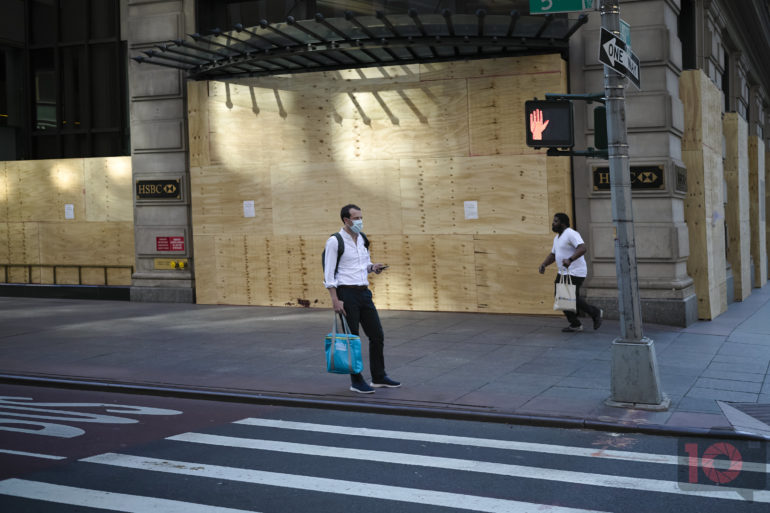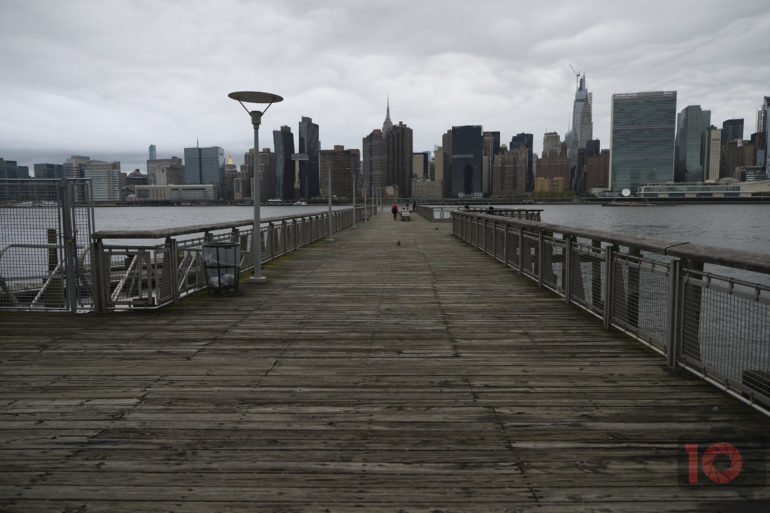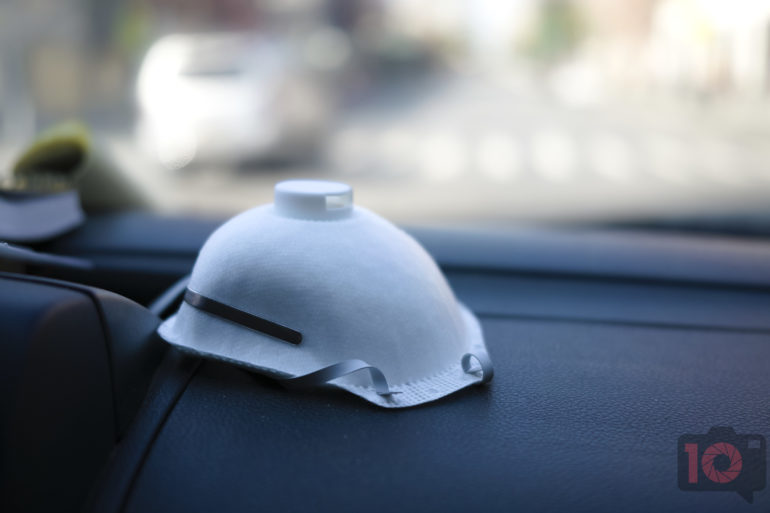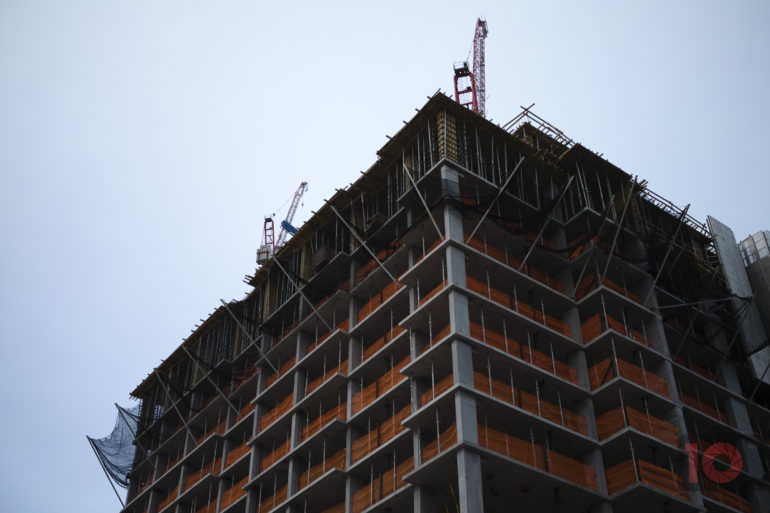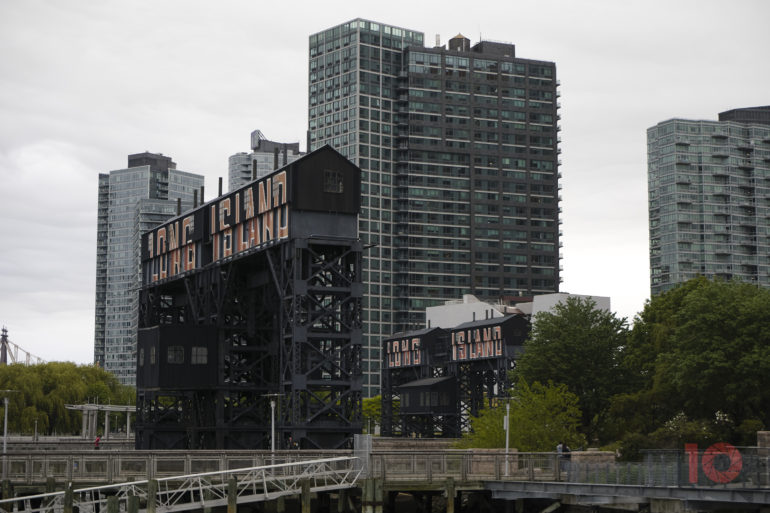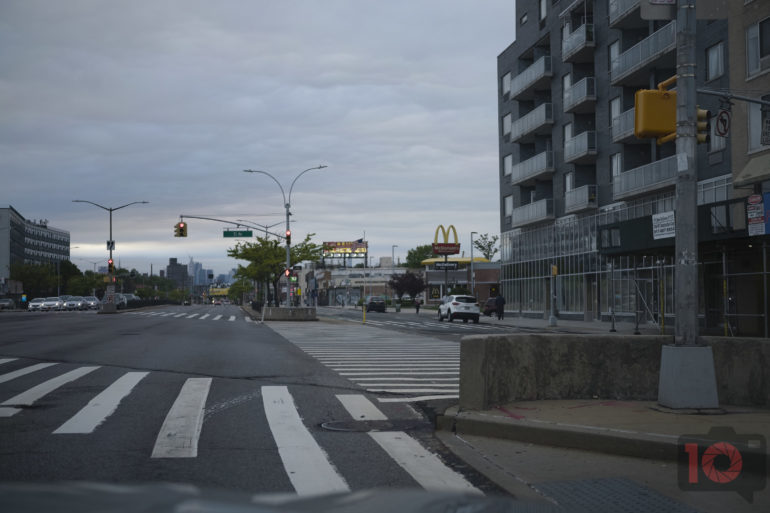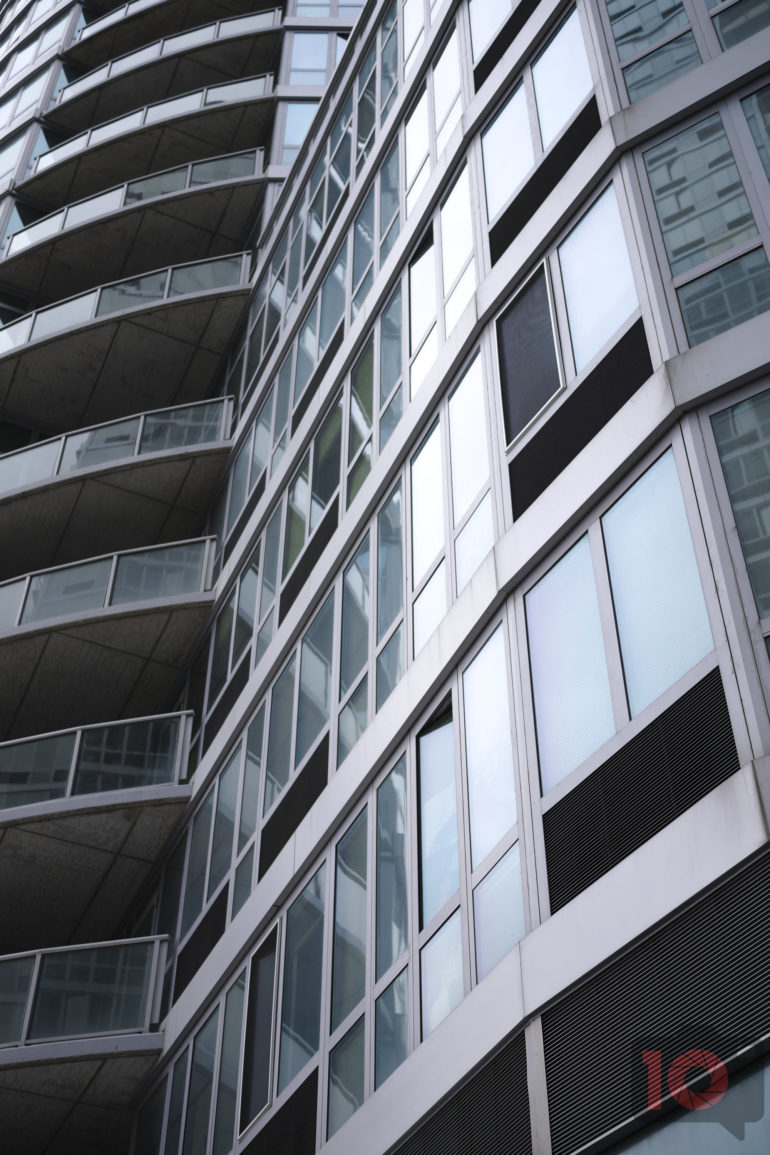The Sigma FP is yet another reason why Sigma should stop making cameras.
The title for this piece came from a conversation with Reviews Editor Paul Ip. It started over a game of Diablo III and my telling him that I’m going to shoot the sunset one night. “Are people buying that camera to do stuff like that?” he asked. My response was as confused as his. We met with Sigma twice about this product, and each time it was evident that they have no direction or idea of how they’re marketing their own products. At least the Sigma FP seemed pretty interesting to me on paper when it was announced. But getting it in my hands for a prolonged time made me angrier and angrier. One could say that this camera is aimed at the video shooter. But when I asked videographers if they’d use it, they said no–instead leaning towards Sony, Panasonic, Alexa, and RED. And for photography, there’s so much about this camera that’s pretty backward. Its design hearkens back to the old Argus C3–do you remember or even know about those? It was a brick. And this camera is more or less a brick.
Table of Contents
Pros and Cons
Pros
- Can be used as a webcam
- Air vents work like a charm
- Pretty fast to focus, though the accuracy is unacceptably inconsistent
- Sigma is giving it a lot of updates
- Can be used as a webcam pretty seamlessly
Cons
- Clearly made more for video
- I wish it had more direct controls
- Why doesn’t the screen do a poppy flippy thing?
- Connecting it as a webcam means that you ideally need to plug it in via USB C and take the battery out for the extra attachment
- Continuous face autofocus isn’t as good as Sony’s or Canon’s
- You have to use OBS to correctly live stream. This doesn’t happen with Fujifilm
- I expect this kind of autofocus from a point and shoot
- Rolling shutter galore
- This camera really needed image stabilization for handheld shooting. The L mount lenses are way too unbalanced. Or they should have made this thing in Sony E mount.
Gear Used
We tested the Sigma FP with the:
- Sigma 45mm f2.8 DG DNContemporary
- Sigma 14-24mm f2.8 Art DG DN
- Panasonic 24-70mm f2.8 Lumix S Pro
- Panasonic 16-35mm f4 Lumix S Pro
Tech Specs
- World’s smallest and lightest full-frame camera
- Robust & lightweight aluminum body
- Dust and splash-proof structure
- Supports UHD 4K/24, 25 & 30 fps
- Supports 12-bit Cinema DNG
- Electronic image stabilization
- Full-time electronic shutter
- Face/Eye Detection AF
- Configuration: Body Only
- Max Video Quality: 4K 30fps
- Resolution: 24 MP
- Sensor Size: Full Frame Camera
Ergonomics
Taken from our First Impressions
The Sigma Fp is a small camera. In fact, the body is significantly more akin to that of a point and shoot camera. There is no viewfinder to speak of. If anything, you could liken it to a Sony RX1 style of a camera but with interchangeable lenses. Of course, Sigma’s 45mm f2.8 pairs perfectly with it.
Sigma took a lot of care with the design of the Sigma Fp. On the side, you can see that the LCD screen is slightly away from the rest of the body. That’s because rain and snow were considered in the design. This screen is designed to have elements pass between it and also help keep the camera cool. It’s connected to the other side.
On the other side of the camera, you can see ports. With the strap that was attached to the Sigma Fp, we didn’t see a door. However, I’m sure that the door would complete the weather sealing of the Sigma Fp.
Turn to the top of the Sigma Fp, and what you see are the controls. Here you can easily switch it into the cinema or still mode. There is also a power switch, record button, and exposure control. Of course, you’ll also spot the shutter release here. Note that the Sigma Fp doesn’t have a hot-shoe. So if you’re the person who loves shooting with natural light, then you’re fine.
On the back of the Sigma Fp, you’ll spot the LCD screen along with a plethora of buttons. But the design is in such a way that the buttons don’t get in the way. I really like that.
Build Quality
“But even so, if you want to realize the true build quality of this camera, then you need to attach some big, heavy, and unwieldy glass to it.“
The build quality on the Sigma FP has me really scratching my head. I have so many questions about its design in real-life use, and even trying to process all of my thoughts hurts because of the sheer amount of confusion I have around this camera. So I’m going to tackle this one at a time.
The Sigma FP has weather resistance, and that weather resistance is best realized with higher-end L mount lenses. Sigma’s Contemporary glass is most notably sealed at the mount. You’ll want to use it with a lens filter to complete the sealing. But even so, if you want to realize the true build quality of this camera, then you need to attach some big, heavy, and unwieldy glass to it. So this begs the question: why would Sigma not try to fully seal their contemporary lenses? In this situation, my problems have to do with the larger system. The Sigma FP is touted for its small size, and with that small size there is build quality sacrifice. And if you’re not just sacrificing the weather sealing, you’re also sacrificing the ergonomics.
The Sigma FP doesn’t have a grip at all. And considering that I adore rangefinder cameras, I’m okay with that concept. But the ergonomics otherwise don’t make it easy to wrap your hand around it. Instead, the Sigma FP feels like someone went back to the 1990s, got a pager, made it larger and more robust, and then decided to put an imaging sensor inside and a lens mount outside. The severely lacking modern design starts there and keeps snowballing. Sigma decided to not give this camera a flippy or tilty screen. Instead, they opted for air vents to keep the camera cool while recording video. I’ll applaud the idea of air vents, but having a fixed screen like this makes photography incredibly tricky and almost like we’re back in the 1990s. However, this camera isn’t made by Sony, and it can’t accept a floppy disk.
Let’s move onto the button and dial layout. There are two dials with no super quick way to change the ISO. The industry standard for cameras has buttons around the left side, the top, or the right. But Sigma puts them on the bottom. None of these buttons are programmable either. And that brings me into just how annoying the Sigma FP is to use.
Ease of Use
I’m going to preface this section by explaining that testing the Sigma FP was incredibly challenging. The biggest reason is one that I thought would have been solved with our second briefing of the camera. Before the American press is loaned Sigma products for review, it is required that we all have a presentation with a Sigma PR rep and a Technical Specialist. Unfortunately, all my questions were answered with the vaguest responses. The biggest thing that I wanted to know was who the customer base is as this would help us figure out how to test this camera. Alas, I was given a very generic answer that I’d otherwise only expect from a company that doesn’t really want to answer a question. It’s amazingly common in the photo world from this side of the Editorial Desk. So instead, I went to the #SigmaFP hashtag on Instagram and joined a few Facebook groups. What I found is that as far as photography goes, folks aren’t using this camera in a serious, professional manner at all. They’re capturing their everyday life with it and using it for hobbyist reasons. That’s perfect for our audience–except for the fact that this camera is a bigger mess than a Hollywood Starlet with a substance abuse problem.
This camera is an odd combination of buttons and touchscreen. Sigma has this giant touchscreen and forces the customer to interact with their menu system. There is the Quick Setting menu–which requires you to use the dials instead of interacting with it via the touchscreen. And then there is the actual, fuller, more in-depth menu–which makes you again use the buttons. Why? Sigma is forcing us to use the giant screen so much and doesn’t even make a proper EVF for it. So, philosophically speaking, why would one limit the use of their touchscreen? The shooting experience would be more of a joy if I could change the ISO with a few taps of the screen. But instead, I need to keep using the dials and buttons. Combine this with the awful grip, and one can get very frustrated.
My biggest problem with the Sigma FP came from shooting our weekly show, Pro Camera Reviews, on it. Which you can catch on YouTube, and sign up to join us live every Sunday Night. The best thing about the Sigma FP is that it’s basically plug and play. You can plug it into a computer, and that machine will recognize it as a camera. So using it for Zoom was actually pretty simple as far as setup goes. Because there is no flippy or tilty screen, though, it’s tough to make adjustments. With the camera connected to my iMac, I could see myself. But when I wanted to change the menus, I’d need to physically turn the camera back around, change the menu, set it back up, and repeat. With Fujifilm and Canon, I can use a flippy screen. So it’s much easier with those brands. And as you’ll see in the video, there’s some significant lag in my audio and the video. Additionally, the autofocus is slow and inaccurate at times. Again, this is a live, one-hour long demonstration of how frustrating the Sigma FP can be for an owner.
Sigma’s menu system looks a bit like the Ricoh GR’s. Hopefully, you won’t have to go into it often. It’s a bit annoying, and any camera that doesn’t have a touchscreen menu system these days is automatically looked at with a bit of annoyance by me. Luckily, you probably won’t need to go into the menu often. The most common reason why I went in was to activate the Fill Light option–which I then turned off. The Sigma FP also doesn’t have any quick Fn buttons. So you’re going to have to go into the menu often.
What’s nice is the addition of the Tone and Color buttons. Those helped me change the way the images looked at times. But I understand that most photographers would instead want to do that in post. So they won’t care as much.
In a conversation last night with one of my best friends and a former staffer, Kevin Lee, I was reminded of a review that he wrote when he worked for us. In it, he gave a Sigma camera two stars and said that even that was generous. The more and more I tested the Sigma FP, the more I aligned with his statement and thoughts. One of the biggest problems here is the electronic-only shutter. It created a rolling shutter like mad. And it also limits what you’ll be able to shoot.
Autofocus
First off, let me state that the autofocus is better with Sigma lenses than it is with Panasonic lenses. We’d had folks mention this in comments on previous Panasonic S camera reviews, and I will indeed confirm that something is happening behind the scenes.
The autofocus is fast, but it’s not always accurate. This is a big problem with the L mount alliance in general. I don’t really need to say more about this; you can watch our one-hour long video and see all the times that the camera went in and out of focus on me. I’ll show you some prime examples of how this happens. It starts by pressing the autofocus button down and the camera telling me that a scene is in focus. However, the scene isn’t in focus at all. So I’ll need to press it down again, and then it will get into focus. This is something that I see on a few point and shoots these days, but it’s also been a problem that I thought had been more or less gone with interchangeable lens cameras. To be more specific, this happens in the “Multi Auto Focus Points” mode. If I’m in a single autofocus point mode, then it’s much easier for me to shoot.
You might be asking why I’m in Multi-autofocus, to begin with. Well, it’s the easiest way to work with it. There is no joystick to select a focus point with, and the touch focus/shoot feature is pretty lacking in my eyes. So it’s sometimes just best to sit there and let the camera choose its own focus point.
I confirmed that this wasn’t happening with me alone. It’s an annoying problem that further makes me scratch my head.
Image Quality
The Sigma FP is, again, an odd package when it comes to image quality. It does some things that sound great in theory and on paper–but I end up utterly disappointed when I see the results. But again, I’m giving Sigma a lot of credit for trying here. The hobbyist that this camera is aimed towards will think that the image quality is excellent. But I’m not sure that they’ll be able to justify it to themselves at the price, the long term investment, and considering what’s on the market.
RAW File Versatility
Here is a RAW file that I really wanted to test. It’s underexposed for sure. In fact, that’s how you basically have to shoot with this camera because I couldn’t get a whole lot of details from the highlights. So if you underexpose and push, you’ll probably be in a good spot to edit. As you can see below, I’m able to push a lot of details from the shadows. If you’re displaying this image digitally on a screen, then it’s more than okay enough. But if you’re printing, then I’d steer clear. It’s going to have color noise galore.
High ISO Output
So the weird thing about the Sigma FP is the high ISO settings. Prints and digital exports look solid at ISO 6400. The results are very clean overall. But they really, really lose color depth. In fact, I haven’t seen color depth loss like this since older CCD sensors have been around. Further, I wouldn’t typically expect something like this from a full-frame sensor. Instead, I’d expect it from a Four Thirds sensor.
But otherwise, the high ISO output is incredibly impressive. We printed an image at ISO 6400 on the Canon Prograf 1000 with Canson Infinity Baryta Photographique II paper. The results? Well, when we compared it to other prints from other 24MP cameras, we found that it performed very well. In comparison to the Leica M10, it has a cleaner output. In comparison to the Panasonic S1, it’s slightly more detailed. But the Sigma FP can’t hold a candle to how well both of those cameras hold colors. In the case of the Panasonic S1, it has some of the most beautiful high ISO colors I’ve seen. Part of that is due to the gorgeous Panasonic lenses.
Extra Image Samples
Conclusions
Likes
- Small size
Dislikes
- Truthfully, it stops there. I’m holistically not a fan of this camera.
The Sigma FP is proof to me again that Sigma should really step out of the camera making industry and instead focus on the high-quality lenses that they make. Sigma has a few specific Foveon Rendering settings within the camera, and they still don’t seem to give me that excitement that I’ve gotten from previous Foveon sensors. Instead, this camera just seems to be a rehash of the same 24MP sensor that everyone is recycling from Sony and putting into cameras. There’s nothing special about the Sigma FP that would genuinely make someone want to hang onto it for a long time–and part of this is because of the lens selection. Panasonic has rightfully touted that the Leica L mount was the second full-frame mirrorless camera mount with autofocus after the Sony E mount. But the L Mount alliance is still very new–and it shows that they’re only now trying to ramp up. The system desperately needs good pancake lenses that are fully weather-sealed and better autofocus to work in conjunction with a camera like the Sigma FP.
But beyond that, there are loads of other problems. I’ve put this camera into a variety of hands, and no one I know has liked the ergonomics. The detachable grip makes it better, but one shouldn’t have to use the grip or spend extra money on it. The camera should work perfectly by itself. There is also no hot shoe. Instead, you’ll use a giant hood loupe style product over the LCD to turn it into an EVF–sort of. The Sigma FP has all the markings of a product that wasn’t thought out and it seems like Sigma instead was just desperate to get their own camera out.
So how could they improve? Sigma was on the right track with the body but needed to flesh this out so much more. A fuller rangefinder style camera body is one that I could quickly get behind as the only ones on the market are the Leica M series. If this camera had a full-frame Foveon Sensor that was specialized in low ISO shooting, I would completely understand the cult following behind it, and I’d even probably take up the banner myself. The Foveon sensor was deplorable at higher ISO settings. But a full-frame Foveon sensor could be fantastic for the slower styles of work like landscapes, portraiture, etc. I’d honestly also appreciate the slap in the face to the high ISO game that all the manufacturers play. I’ve also known that Sigma’s autofocus has lacked in the autofocus department for years. And again, I’d probably let it go if they just had a highly tuned center focus point.
We’re speaking theoretically here–and the fact is that isn’t the camera that I’ve been testing for a while. The Sigma Fp is a pretty awful camera. Can it take good photos? Yes. Can you get those same photos from an arguably better system or camera? Sure. Let’s break this down:
- Panasonic S1 with a Panasonic 20-60mm f3.5-5.6 = $2,597.98
- Sigma Fp with Panasonic 20-60mm f3.5-5.6 and the Sigma Grip = $2,493.99
And with the Panasonic, you’re getting a bigger camera but also one with a fantastic EVF for only $100 more. As far as I’m concerned, Panasonic is the way to go.
The Sigma Fp is getting two stars from us. Stay away from this camera.


